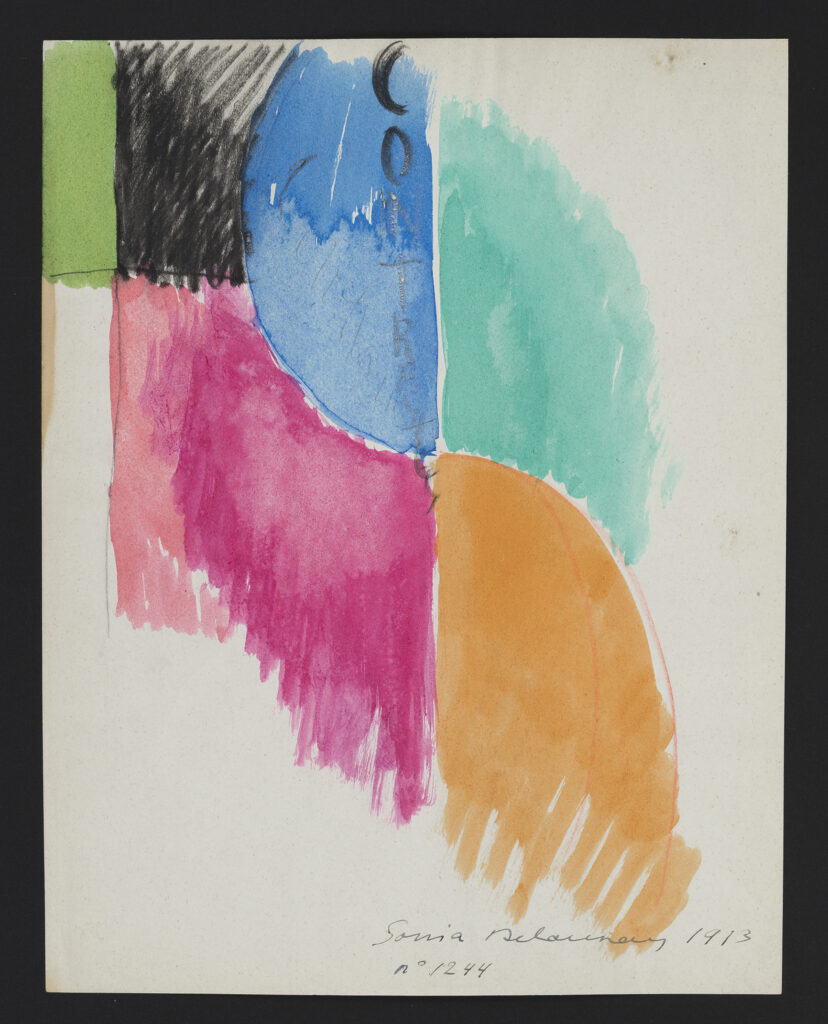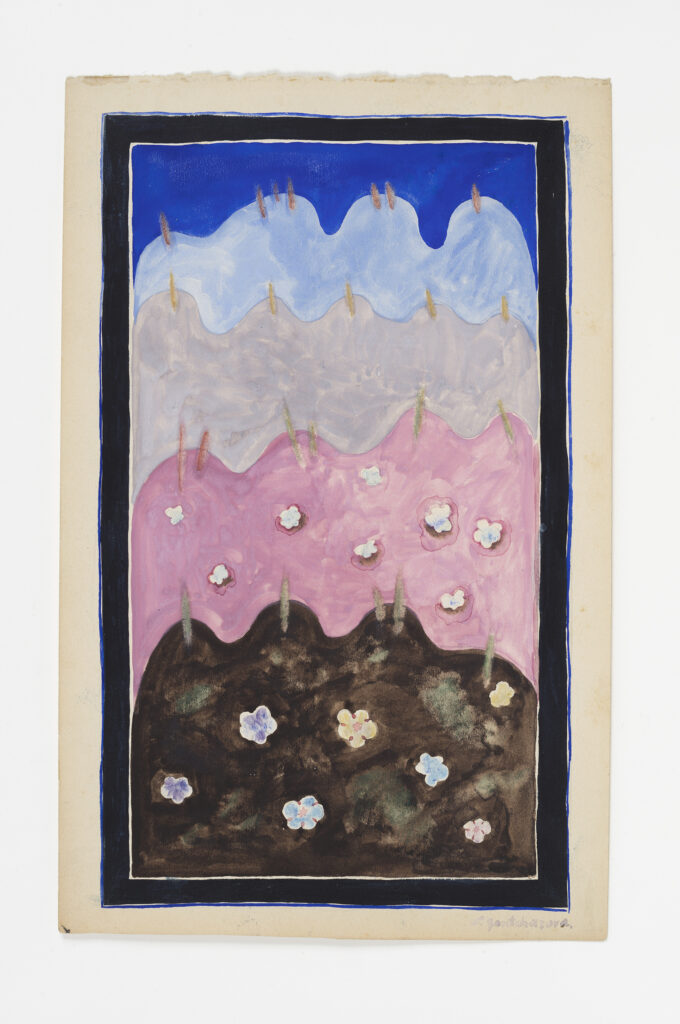Imre Pán, A historical collection




An art critic, curator, bookseller, art publisher and magazine creator, Imre Pán (1904 – 1972) was one of the leading figures in twentieth-century Hungarian artistic life. An early participant in the avant-garde movements, he and his brother founded several magazines to which many Hungarian and European painters and artists contributed, including Jean Arp. In 1935, Pán opened a bookshop-gallery that became a popular meeting place for the Budapest intelligentsia. After the war (during which he had to live in hiding), Pán organised no less than thirty-eight exhibitions in the space of three years. In particular, he exhibited the surrealist painter Jacques Doucet and the Dutch artist Corneille. It was also the meeting place for the European School (of which Pán was one of the founders), a gathering of intellectuals aiming to open up Hungary culturally. This effervescence lasted until 1948, when Stalin’s cultural policy led to the dissolution of the European School and the closure of the bookshop.
In 1957, following the brutal repression of the Budapest uprising, Pán decided to leave Hungary and settle in Paris. There he met up with well-known artists such as Doucet and Corneille, as well as the Hungarian artistic diaspora: Étienne Hajdu, Anton Prinner, Árpád Szenes, Vasarely and Endre Bálint. He also came into contact with artists linked to the new avant-garde movements emerging on the Parisian scene in the late 1950s and early 1960s. Before long, Pán was actively involved in the Parisian art world. During the 1960s, he organised numerous exhibitions in collaboration with friendly galleries (such as La Main Gauche, La Roue and Le Point Cardinal), showcasing the work of artists as diverse as Jean Arp and Sophie Taeuber-Arp, Georges Braque, André Masson, Fernand Léger, Sonia and Robert Delaunay, Max Ernst, Hans Bellmer and Unica Zurn, Natalia Goncharova and Mikhail Larionov, Corneille, Pierre Vasarely, Serge Poliakoff, André Marfaing, Colette Brunschwig, Marcelle Cahn, Roberto Matta and Margit Anna, to name but a few. Most of them featured in the 150 or so art publications he edited from 1960 onwards, and which he developed and expanded until his death in 1972.
While the Galerie Jocelyn Wolff pays tribute to his career as an art publisher (Imre Pán. Une histoire artistique et éditoriale européenne dans le Paris des années 1960, from 3 March 2024, curated by Marjorie Micucci), Abraham & Wolff is honouring another facet of his prolific activity: that of collector.
Combining his in-depth knowledge of the avant-garde with his great sensitivity, Imre Pán amassed an exceptional collection throughout his life. Both in Budapest and in Paris, he acquired works from gallery owners as well as from artists he admired and whose studios he liked to visit. He mainly bought small-format works on paper, sketches and preparatory drawings, fascinated by these works in which art is in the process of being made.
Described as a “historical collection” by Imre Pán himself, the ensemble we are presenting here is just one part of his collection. It comprises 53 works on paper covering a period from 1910 to 1968. Two generations of artists come together to form a veritable panorama of European art from the first half of the twentieth century and the post-war period, all trends taken together. It has to be said that the story Pán tells here has, for the most part, been validated by posterity.
With works by Natalia Goncharova, Mikhaïl Larionov, Roger de La Fresnaye, Sonia Delaunay, Albert Gleizes, Otakar Kubín, Suzanne Duchamp, Max Jacob, Leopold Survage, Ossip Zadkine, André Bauchant, Sophie Taeuber-Arp, Bela Kadar, Marcel Gromaire, Léon Tutundjian, André Derain, Pierre Tal Coat, Francis Picabia, Vassily Kandinsky, Maurice Estève, Georges Valmier, Salvador Dalí, Lajos Vajda, Hans Reichel, Yves Tanguy, Gaston Chaissac, Wilfredo Lam, Jean Arp, Christine Boumeester, Max Ernst, Jean Fautrier, Jacques Villon, André Heurtaux, Henri Matisse, Wols, Victor Vasarely, Óscar Domínguez, Auguste Herbin, Corneille, Pierre Soulages, Camille Bryen, Raoul Ubac, Roberto Matta, Henri Michaux, Hans Bellmer, Maria Helena Vieira da Silva, Alberto Giacometti, Asger Jorn and Pablo Picasso.
Jocelyn Wolff and Samy Abraham would like to extend their warmest thanks to Sophie Pán, who opened up her father’s archives and collection to us in preparation for this exhibition.
